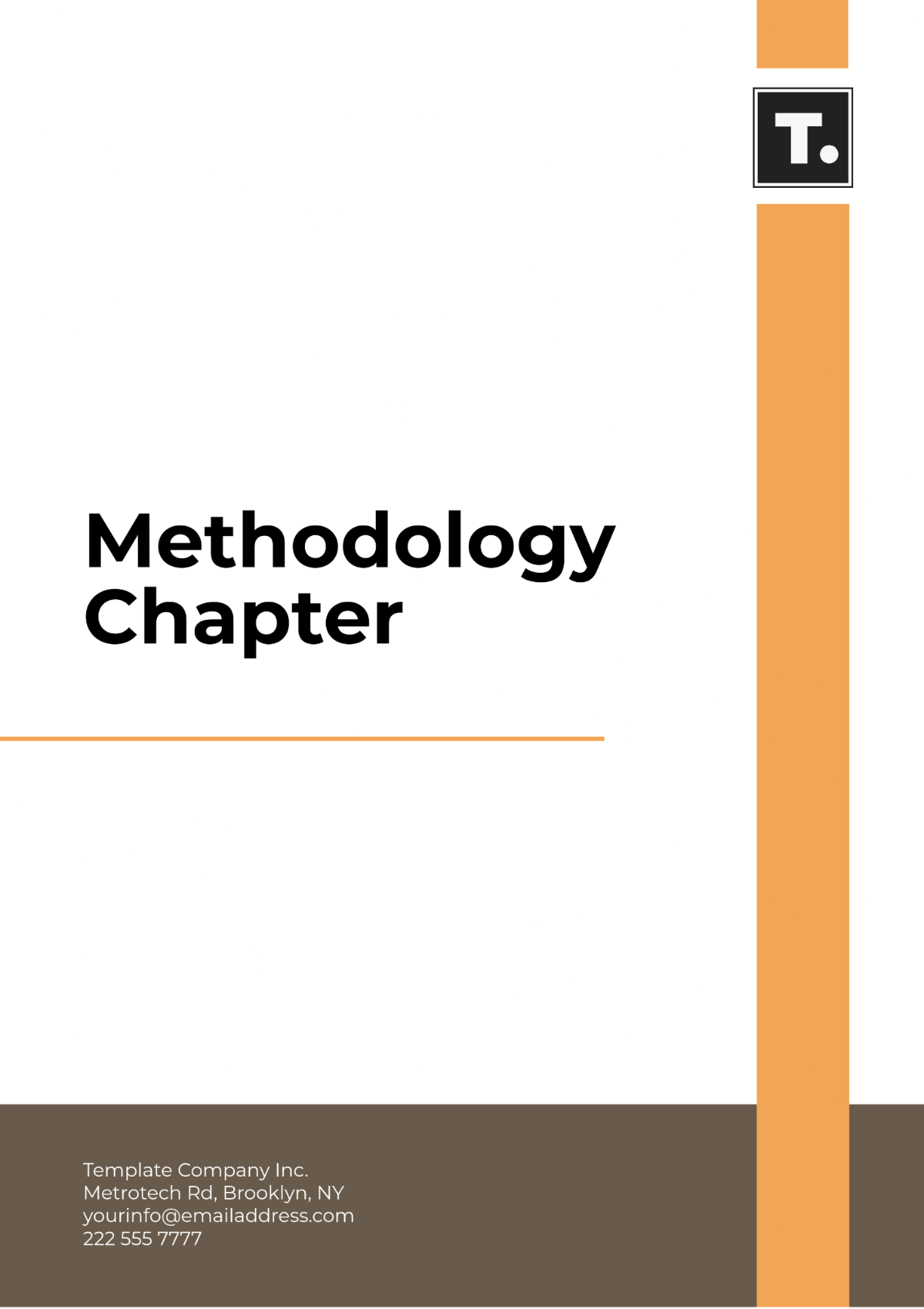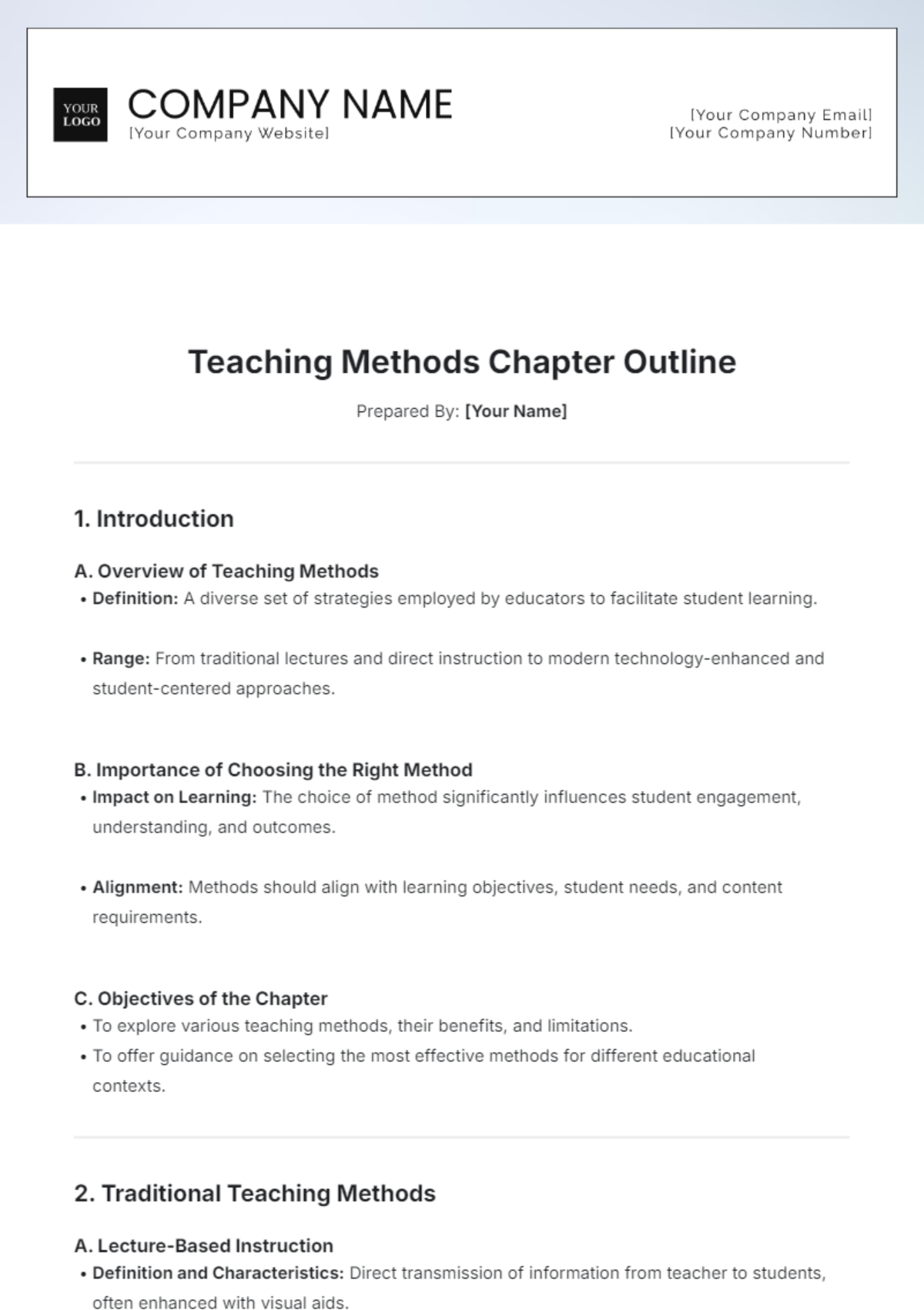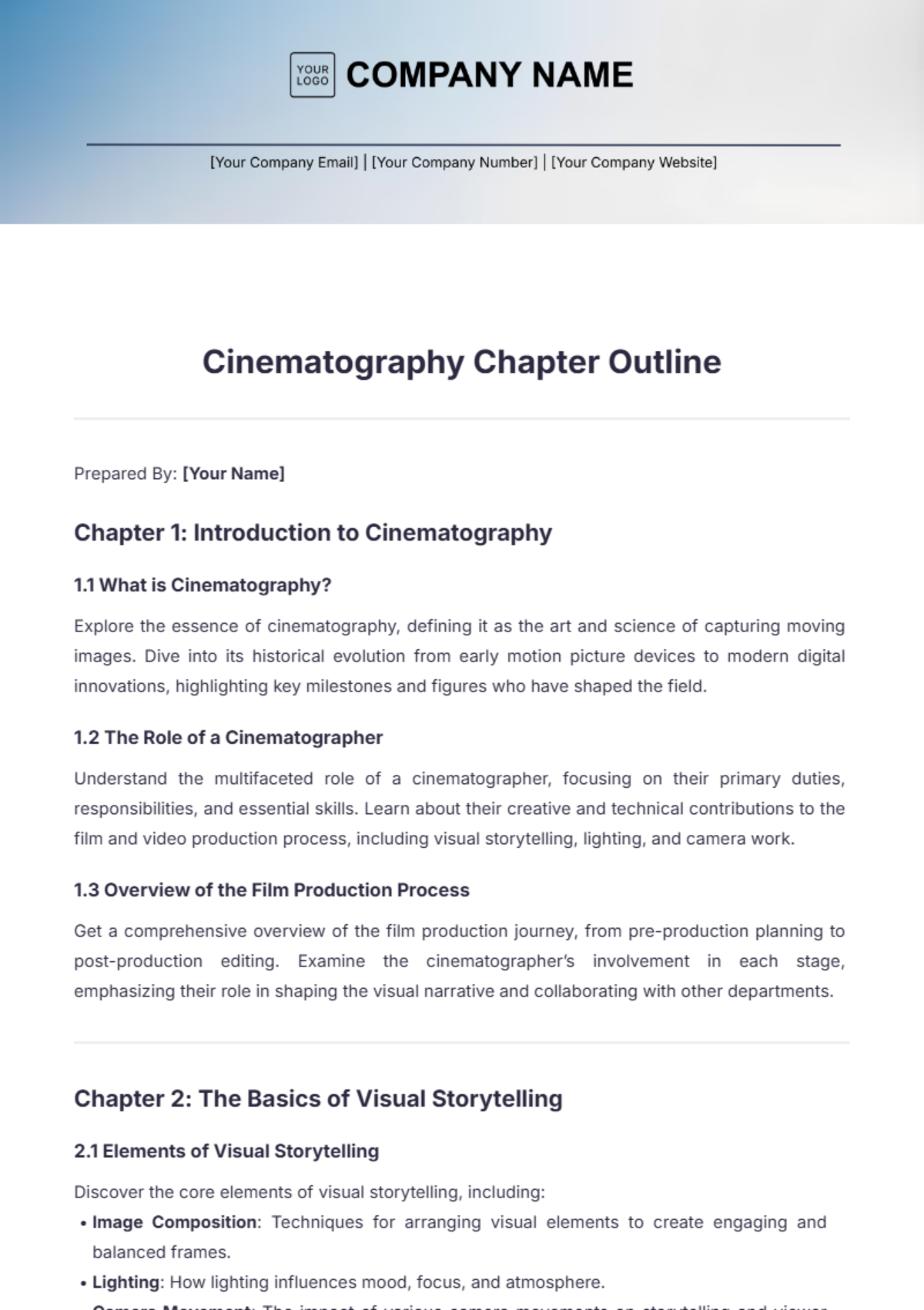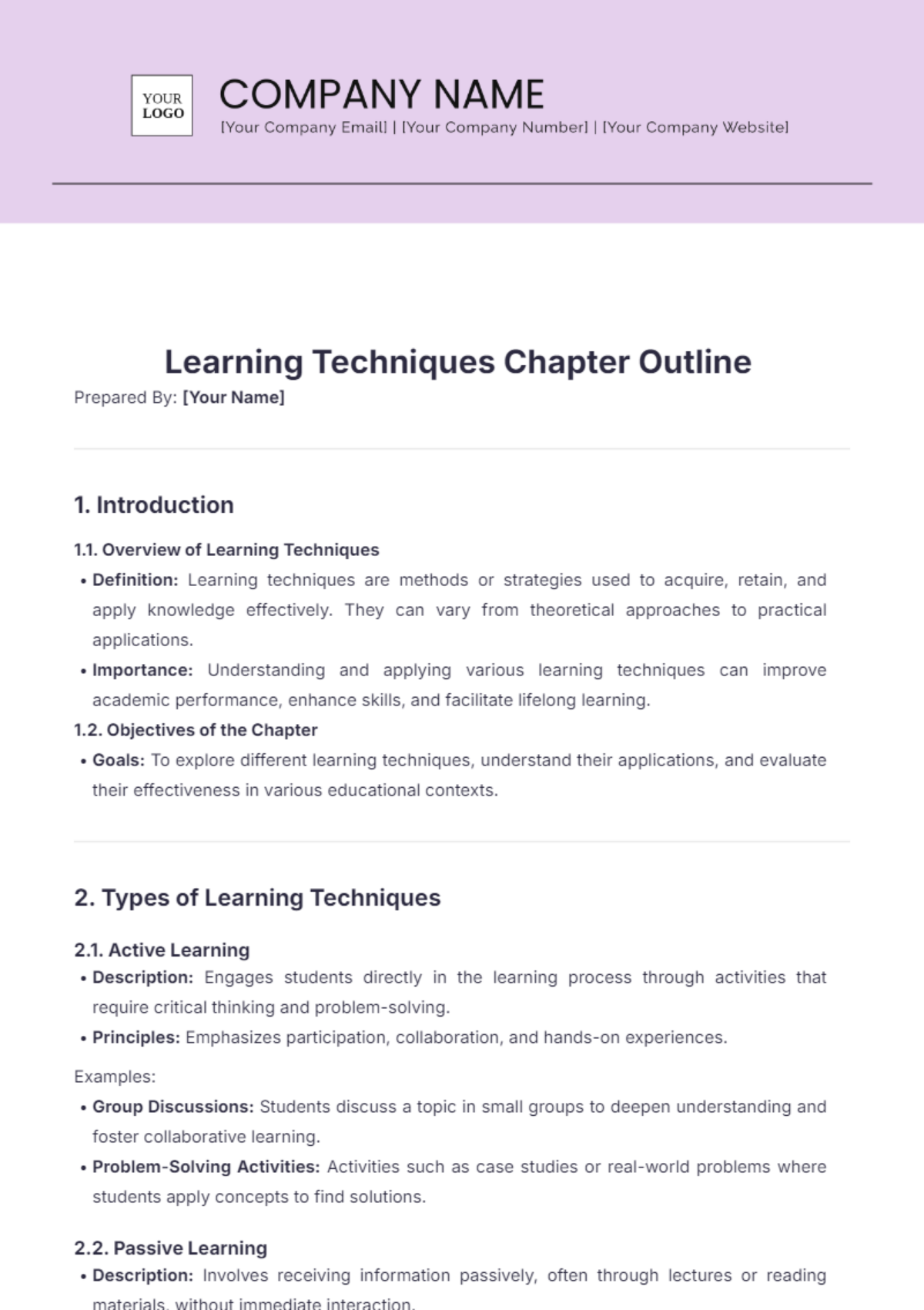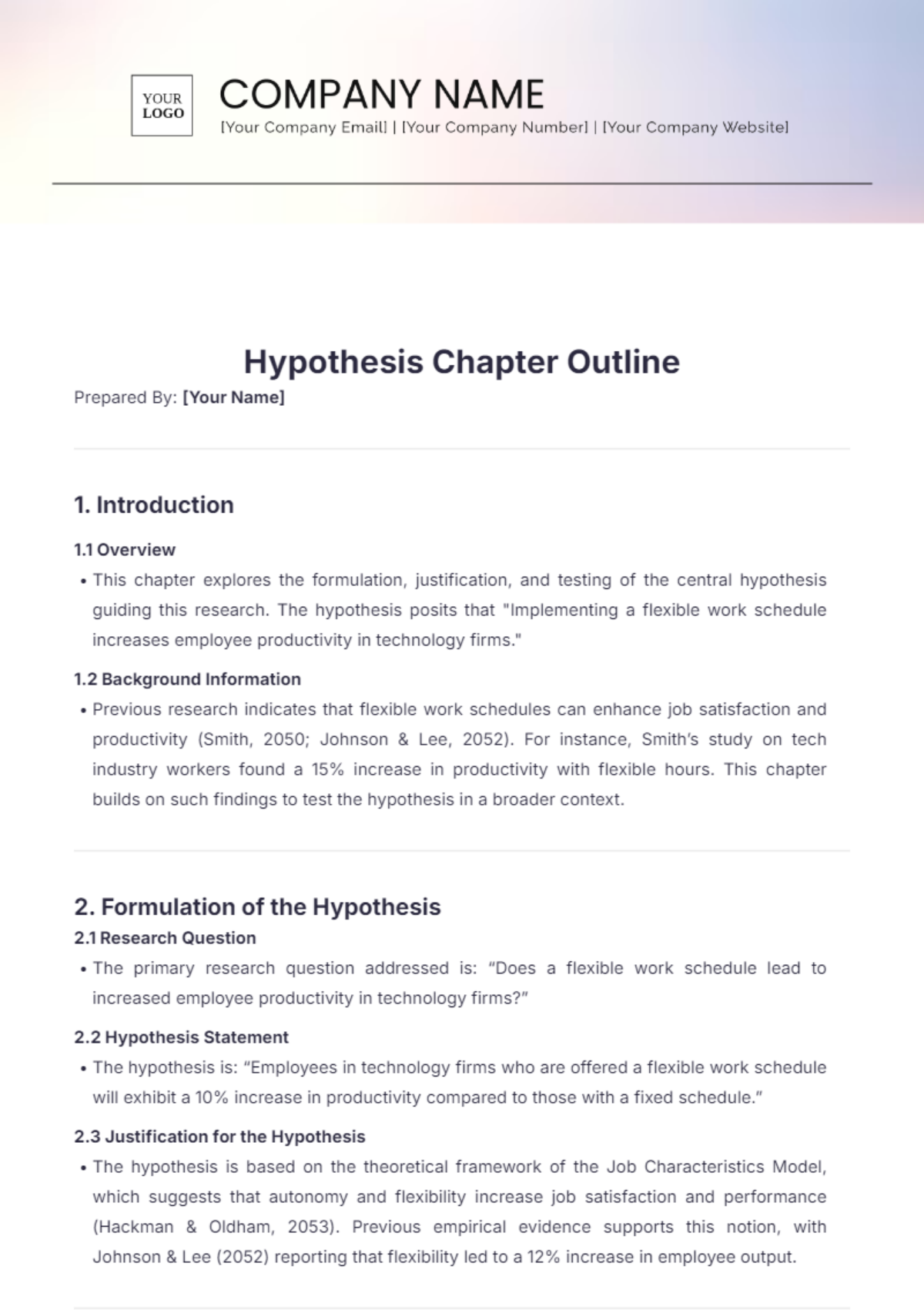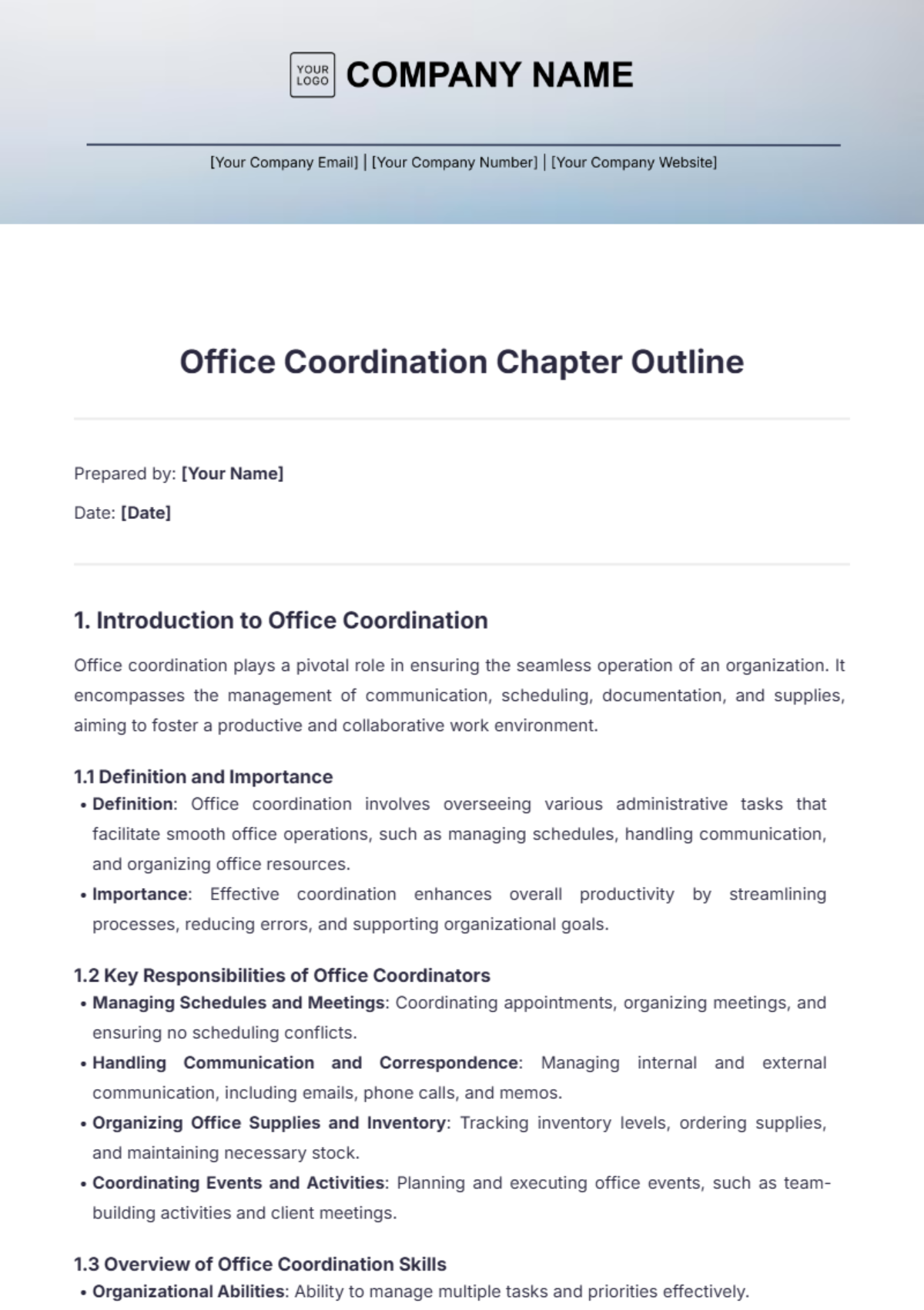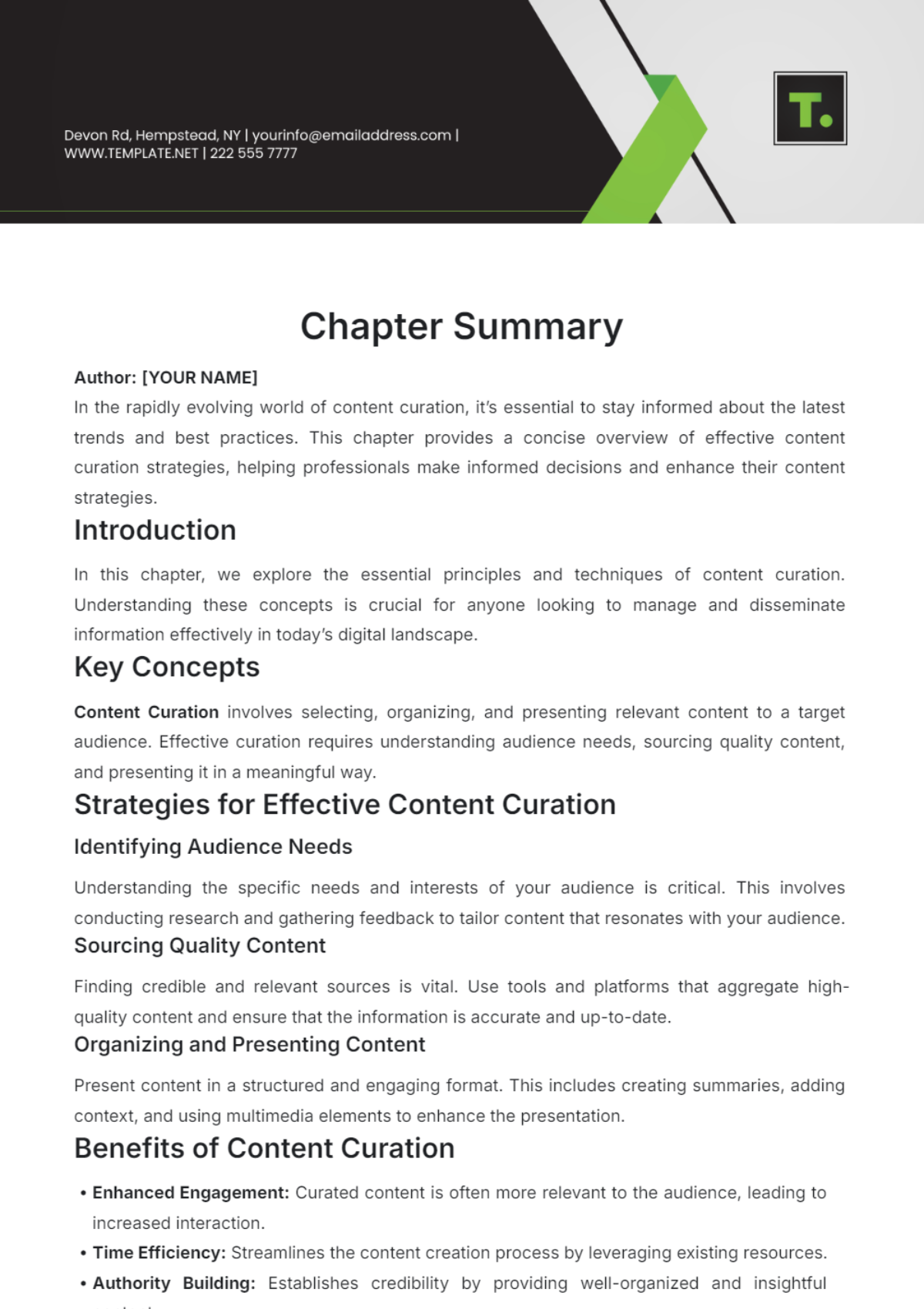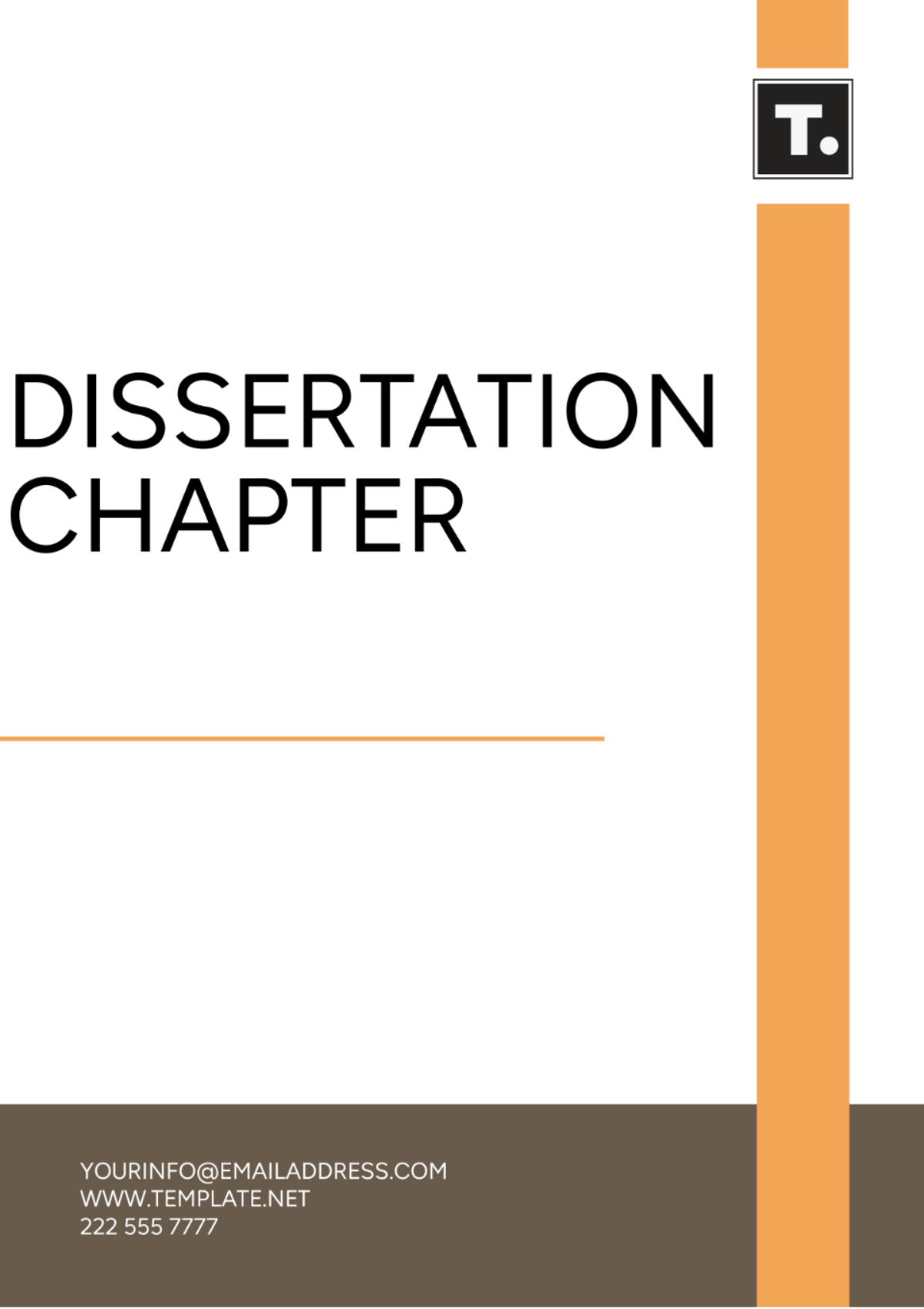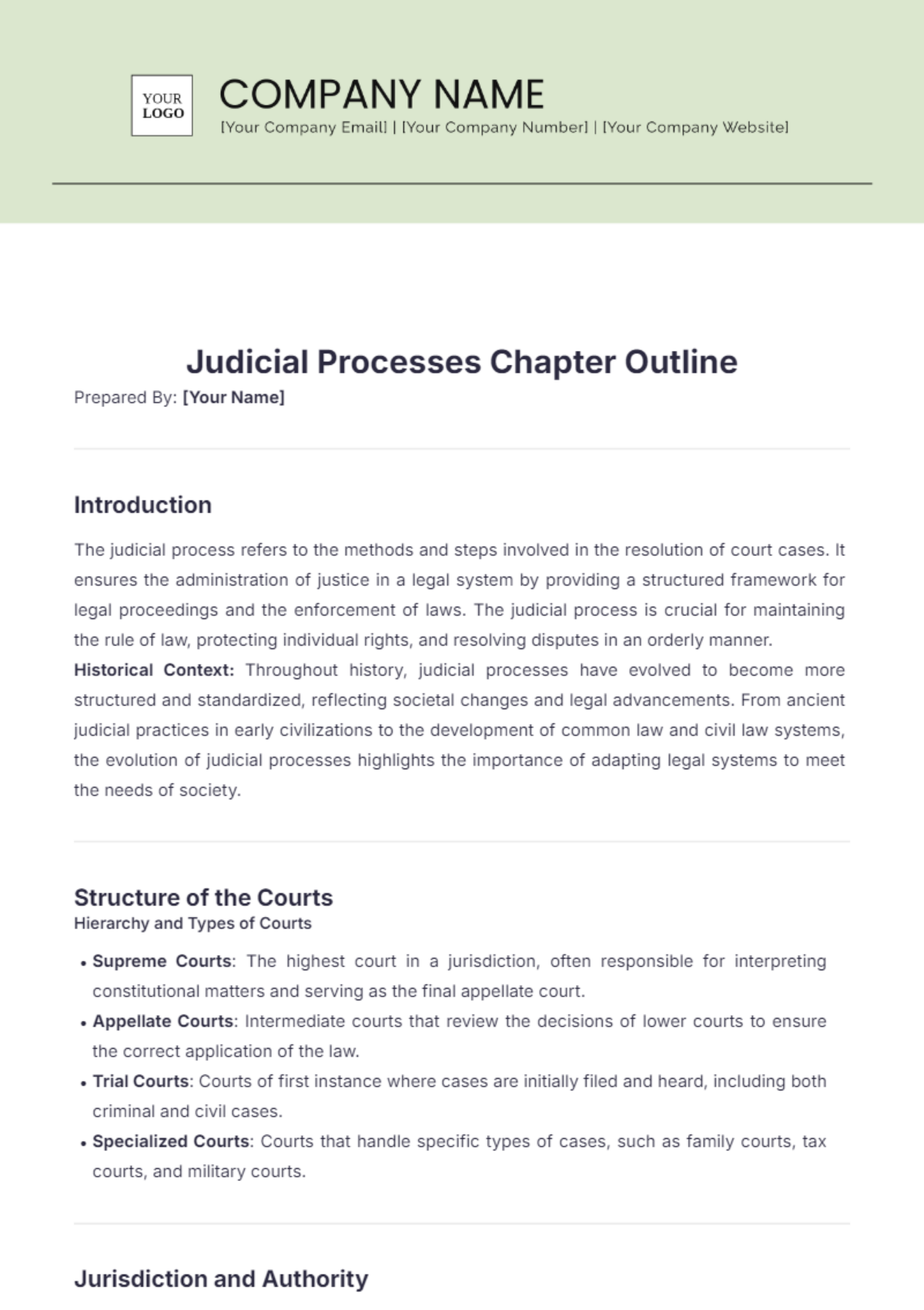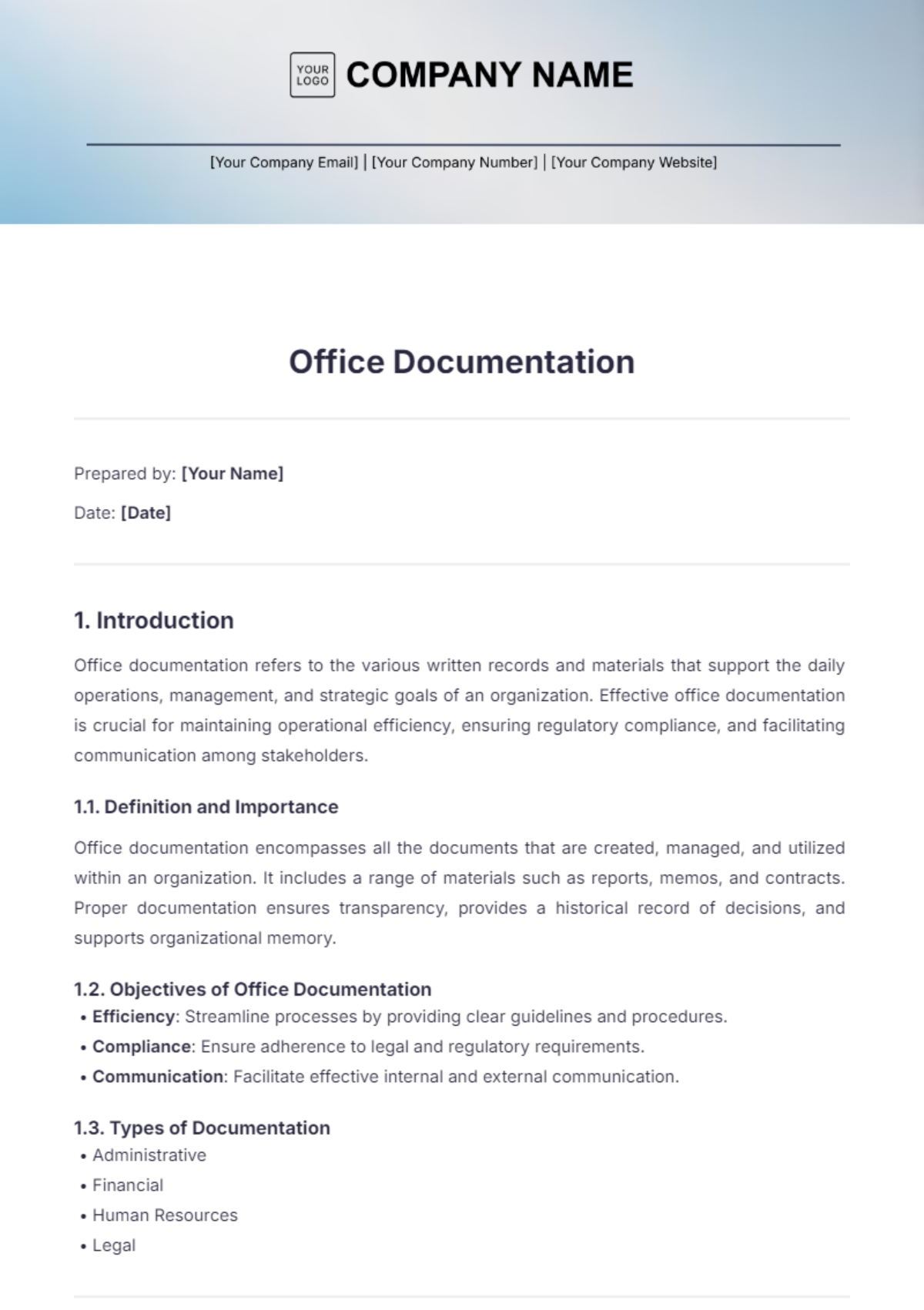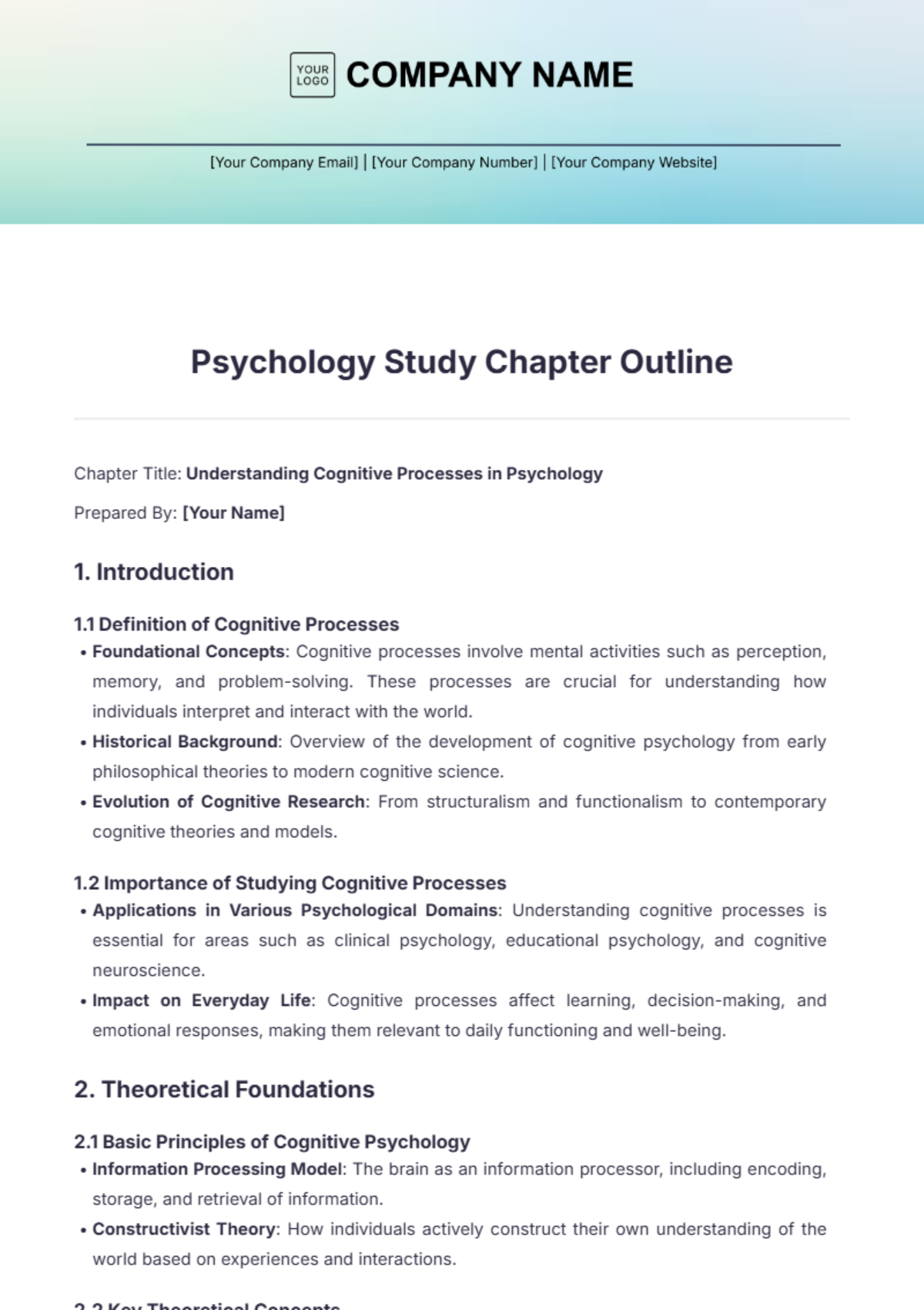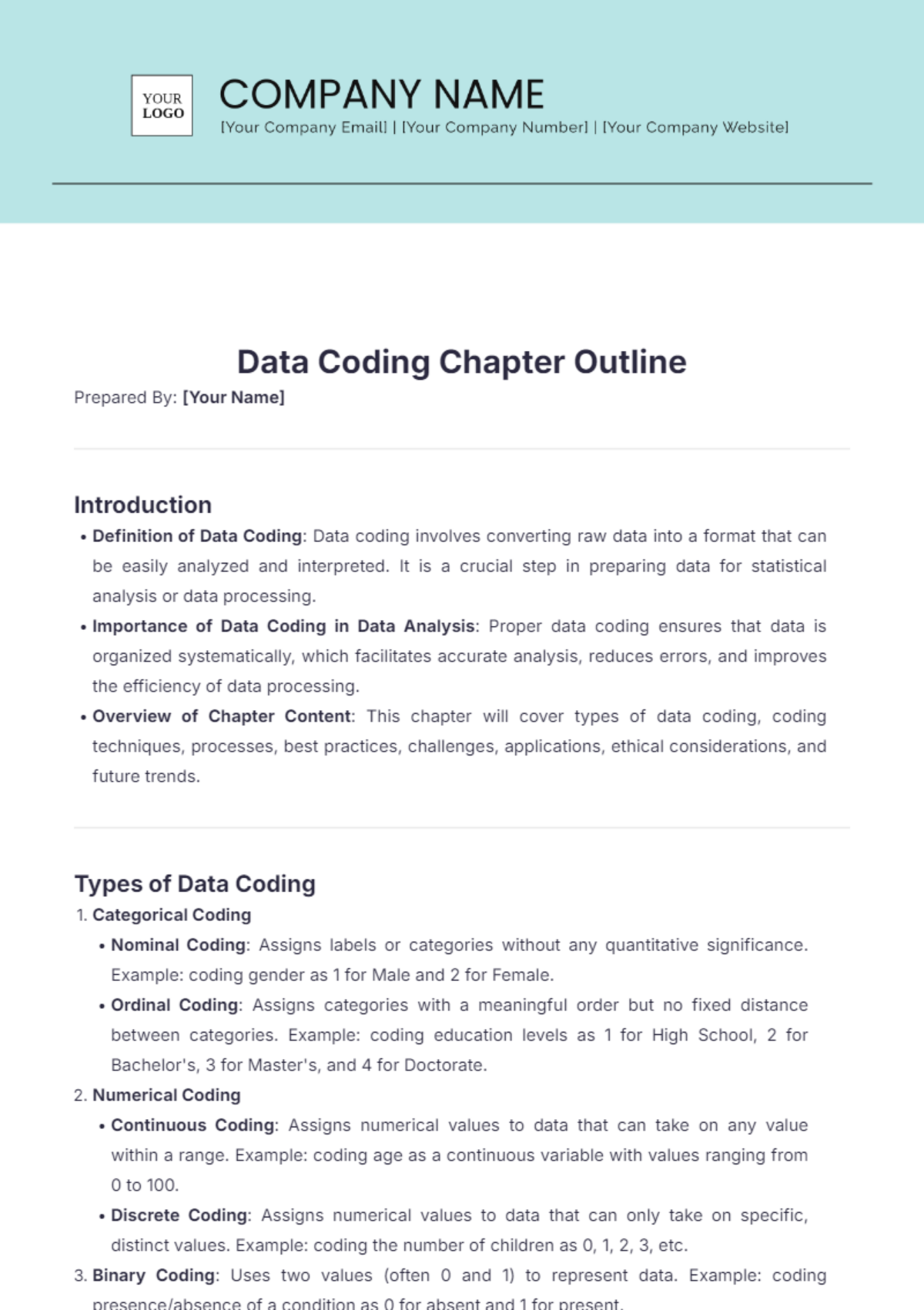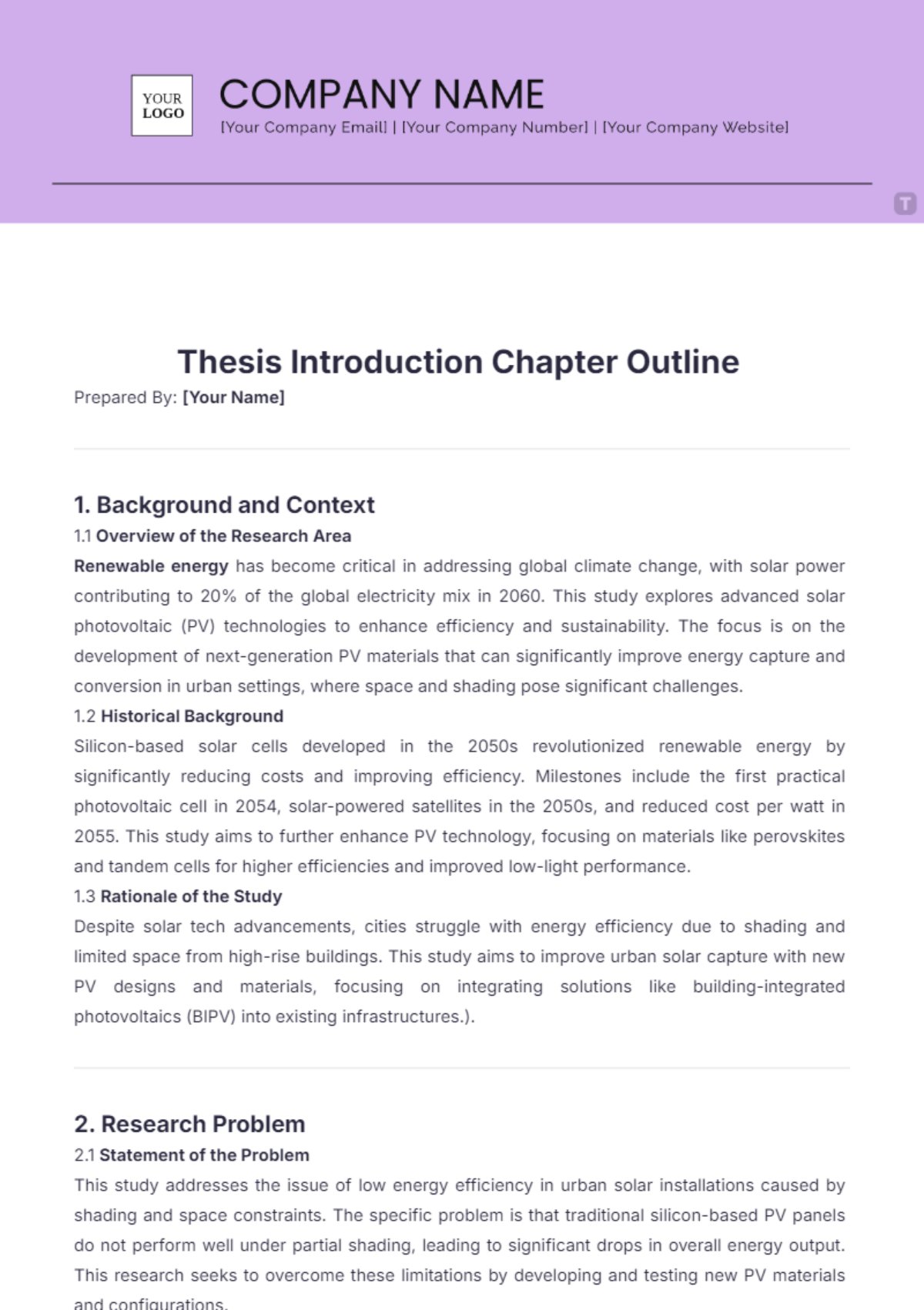Linguistics Study Chapter Outline
Prepared By: [YOUR NAME]
Date: [DATE]
I. Introduction
This chapter intends to give readers a thorough and detailed understanding of various linguistic structures by examining key areas in linguistics—phonetics (the study of speech sounds), syntax (sentence structure rules), semantics (meanings of words and sentences), and pragmatics (contextual interpretation of meaning)—thus helping readers gain a deeper and more nuanced grasp of the complexities of human language.
II. Main Topics
A. Phonetics
Phonetics is the study of the physical sounds of human speech. This section will cover the following subtopics:
Articulatory Phonetics: Studies how speech sounds are produced by the vocal apparatus, focusing on the movement of the lips, tongue, and vocal cords. It examines the place and manner of articulation.
Acoustic Phonetics: Analyzes the physical properties of speech sounds, such as frequency and amplitude, using tools like spectrograms to study how sounds vary across languages.
Auditory Phonetics: Explores how speech sounds are perceived and processed by the ear and brain, focusing on how listeners distinguish and interpret sounds based on their acoustic features.
B. Phonology
Phonology involves the systematic organization of sounds in languages. Key areas include:
Phonemes: Phonemes are the smallest units of sound in a language that can distinguish meaning. They are abstract, mental representations of sounds that, when altered, can change the meaning of words (e.g., changing /p/ to /b/ in "pat" vs. "bat").
Phonological Rules: Phonological rules describe how phonemes are organized and interact within a language. They govern patterns of sound changes, such as assimilation, elision, and vowel reduction, and help explain how phonemes are pronounced in different contexts.
Prosody: Prosody refers to the rhythm, pitch, and intonation of spoken language. It includes features like stress, intonation, and tempo, which convey meaning beyond the literal content of words, such as emotional tone, emphasis, and sentence structure.
C. Morphology
Morphology examines the structure of words and how they are formed. This section delves into:
Morphemes: Morphemes are the smallest units of meaning in a language. They can be single words, prefixes, or suffixes that contribute to the meaning of a word. Morphemes include both root words and affixes, such as “un-” in “undo” or “-ed” in “walked.”
Inflectional Morphology: Inflectional morphology examines how word forms change to express grammatical features like tense, number, case, or gender, such as adding "-s" to "cat" for plural or "-ed" to "talk" for past tense.
Derivational Morphology: Derivational morphology creates new words by adding prefixes or suffixes, changing the original word’s meaning or category, like turning "teach" into "teacher" or "beauty" into "beautiful".
D. Syntax
Syntax involves the arrangement of words to form meaningful sentences. Key focuses include:
Sentence Structure: Refers to how words are organized in a sentence to create meaning, including the arrangement of subjects, predicates, and objects.
Grammatical Relations: Describes the roles of words in a sentence, such as subject, object, and complement, and how they interact to convey meaning.
Syntactic Rules: Govern the order and combination of words and phrases in sentences, ensuring grammaticality and coherence.
E. Semantics
Semantics explores the meaning of words and sentences. Important subtopics are:
Lexical Semantics: Studies the meaning of individual words and their relationships, including how definitions and word interactions shape meaning and usage.
Compositional Semantics: Explores how the meanings of phrases and sentences are built from individual words and their arrangement, focusing on how word meanings combine to form larger units.
Pragmatics: Examines how context affects language interpretation, including how factors like speaker intent and situational context influence meaning beyond the literal content.
III. Examples/Case Studies
This section will present various case studies and examples to illustrate the theoretical concepts discussed in the previous sections. Examples will include:
Real-life Conversations: Illustrate phonological and syntactic rules by analyzing authentic dialogues. This approach demonstrates how speech sounds and sentence structures are used in natural language settings.
Cross-Linguistic Word Formation: Examine how different languages form words to clarify morphological processes. This includes analyzing prefixes, suffixes, and root changes to show how new words are created across various linguistic systems.
Contextual Examples: Provide examples showing how semantics and pragmatics function in communication. This involves demonstrating how meaning is shaped by context, including how speakers use and interpret language based on situational factors and conversational cues.
IV. Summary/Conclusion
In summary, this chapter has offered an in-depth examination of essential linguistic structures, covering phonetics, phonology, morphology, syntax, semantics, and pragmatics, and illustrating their independent and interconnected roles in language through various examples and case studies.
V. References/Bibliography
This section lists all the sources cited throughout the chapter. Key references include scholarly articles, textbooks, and other academic resources pertinent to the study of linguistics.
Smith, J. (2050). Introduction to Phonetics. Cambridge University Press.
Johnson, L. (2051). Phonological Processes in English. Journal of Linguistic Studies, 34(2), 123-145.
Brown, M., & Davis, R. (2052). Analyzing Morphological Variation in Asian Languages. In Proceedings of the International Conference on Linguistics (pp. 45-60). Springer.
Taylor, K. (2053). Syntax and Sentence Structure. Oxford University Press.
Walker, H. (2017). The Role of Pragmatics in Language Understanding. In The Handbook of Linguistic Theory (pp. 112-130). Wiley.
















